Nanophotonics
Nanophotonics is concerned with two general problems: the interaction of light with sub-wavelength (nanoscale) particles, and the control of the flow of light on the nanoscale.
One area of intense activity is the spectroscopy and coherent control of single quantum dots. Nano-structures of semiconductors such as InAs are being fabricated that confine both the electron and the hole, creating gigantic optical dipole moments that result in strong interactions with light. This is changing the nature of opto-electronics as it now becomes possible to imagine using coherent light produced on a chip to control electronic interactions on the same chip.
A second area concerns nanoparticles doped with rare earth ions, which have recently been used to create a new family of optical solids with applications to light sources that were unforeseen only a few years ago. Specifically, transparent ceramics are novel media that offer novel laser hosts with properties ideal for ultra high power laser technology at the 100 kW level. At more modest power levels they also offer novel functionality linked to the nano-structuring of traditional laser solids. We are currently fabricating intense, solid-state UV-C emission sources based on transparent Sc:-Al2O3 and developing new processing techniques to make the first Ti3+:Al2O3 ceramic fiber laser.
A third area is the field of nanoplasmonics – the application of metal nanoparticles and their complexes to engineer novel optical structures. Novel nanoplasmonic structures are being investigated for applications in biophotonics and new methods are being developed for nanometer-resolution imaging of the plasmon modes.
Finally, we are investigating on-chip micron-scaled resonators. Enhancing the optical intensity is accomplished by nano-control of the surface finish (to minimize scattering). This has enabled the first observation of radiation-pressure-induced micro-mechanical vibration and chip-based visible continuous emitters by third-harmonic generation. We have also shown level crossing between optical modes in a toroidal cavity.
ECE Faculty
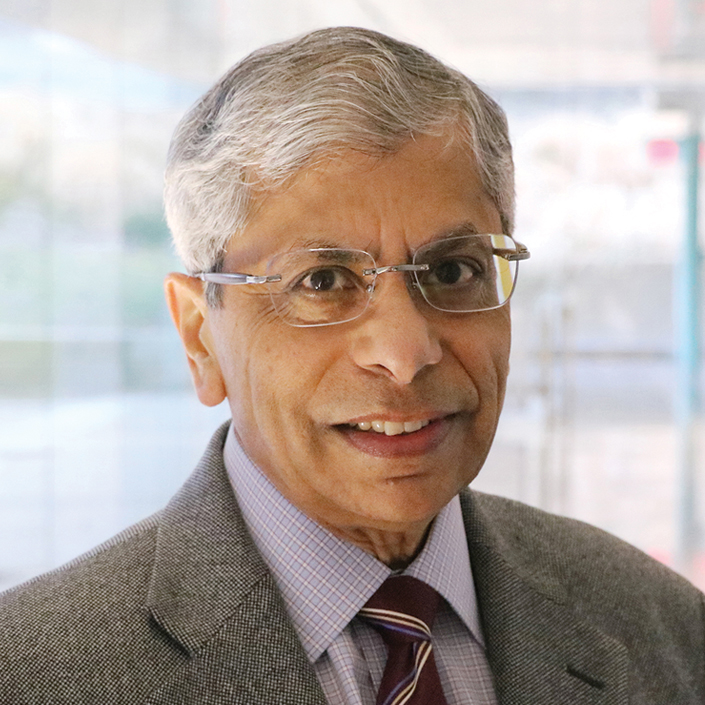
Pallab Bhattacharya
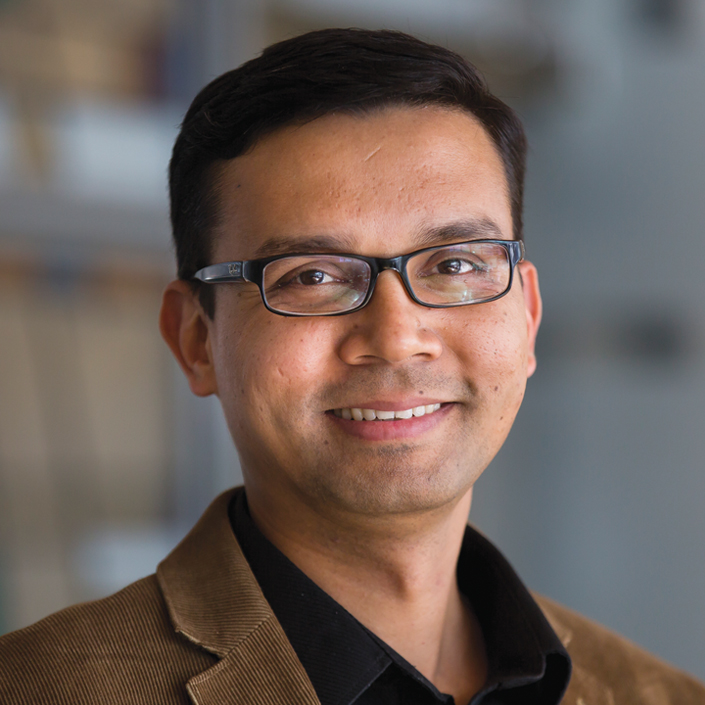
Parag Deotare
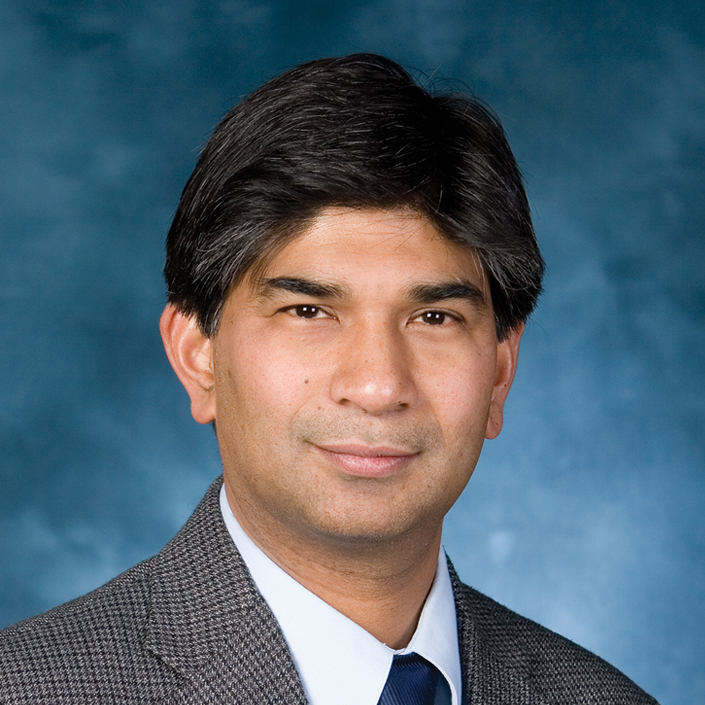
Mohammed N. Islam
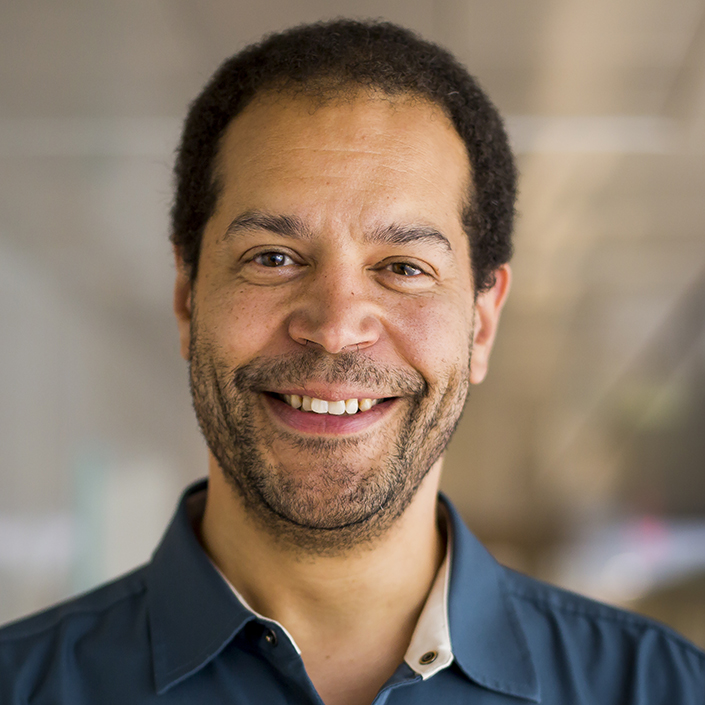
Mackillo Kira
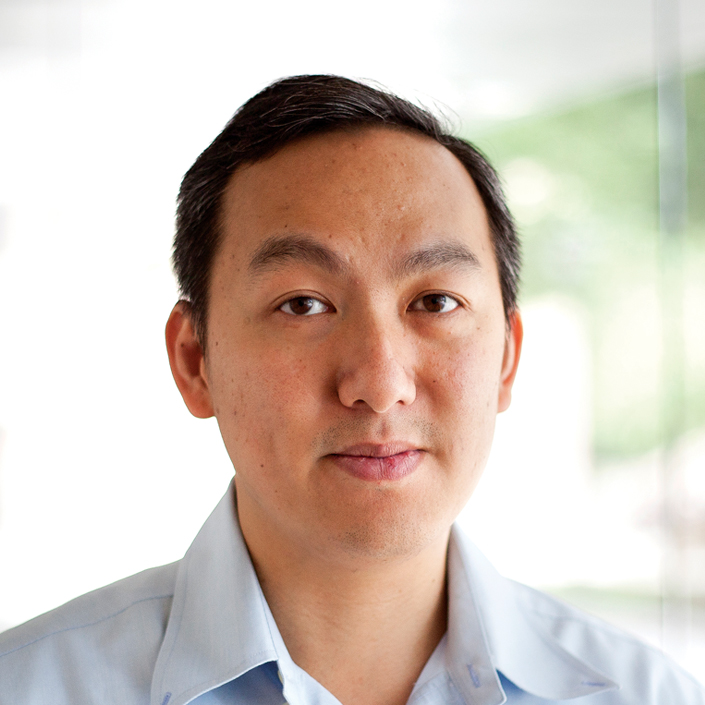
Pei-Cheng Ku

Somin Eunice Lee
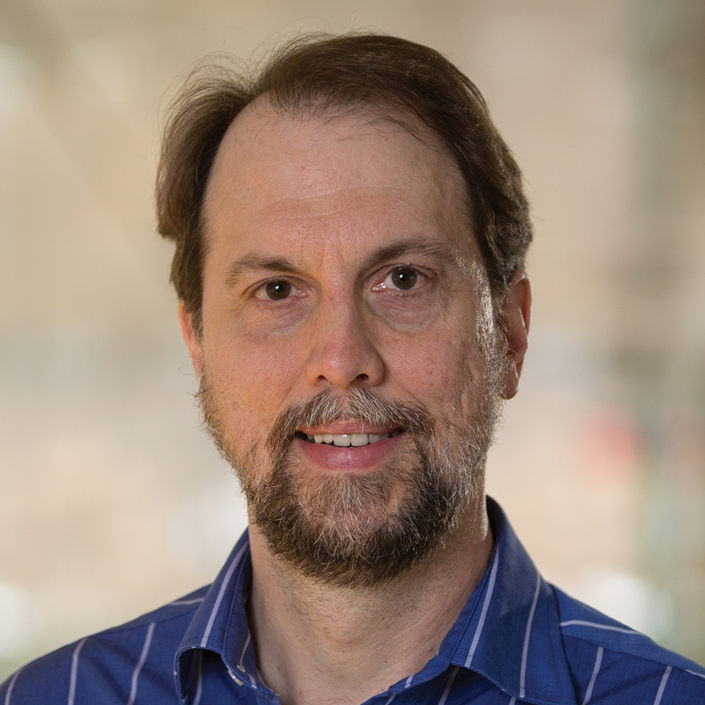
Theodore B. Norris
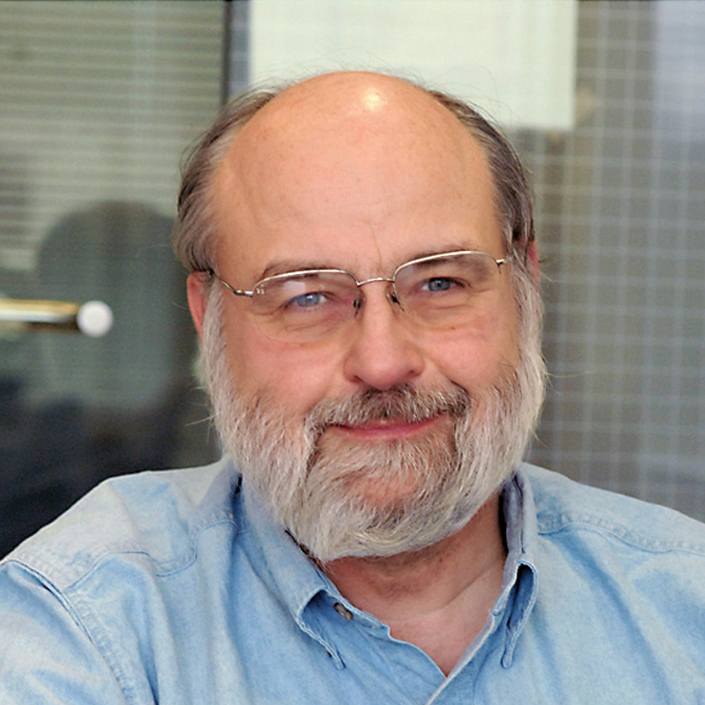
Duncan Steel
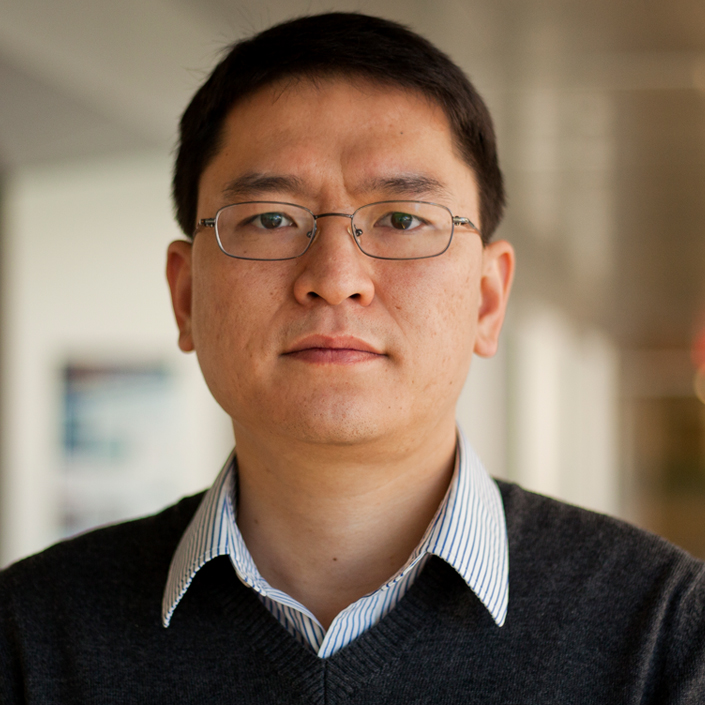
Zhaohui Zhong
Related Labs, Centers, and Groups:
Center for Photonic and Multiscale Nanomaterials >
Center for Ultrafast Optical Science >
 MENU
MENU 
